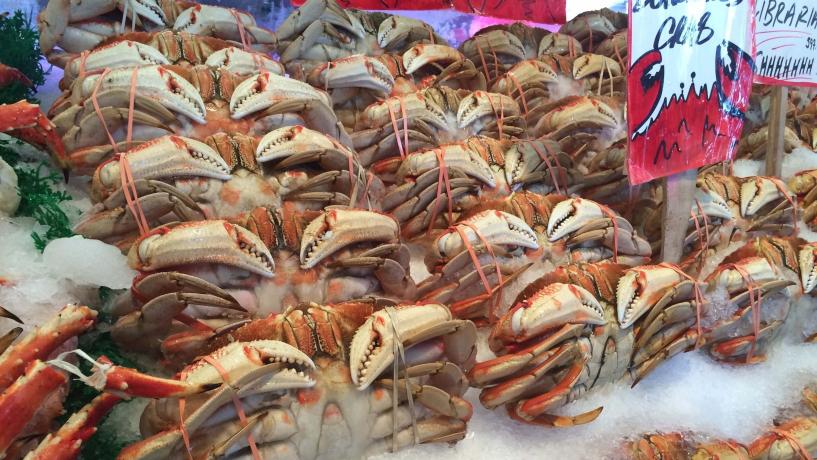
When it comes to protecting yourself and others against foodborne illnesses, the best and most effective way is by ensuring that you always maintain a high level of food safety.
This includes when at home, at work, at school, when travelling and any other time you find yourself handling food.
There are countless potential food safety hazards that could crop up at any stage during the food handling process. So, we’ve included an overview of some of the most common issues that arise during everyday food safety, so you know what to look out for.
Temperature Control
Understanding the temperature requirements for different foods is key when it comes to maintaining food safety. Different foods have different temperature requirements for chilling, freezing, heating and storing and it’s important to meet these requirements in order to reduce the risk of contamination.
High-risk, perishable foods have the strictest rules with regards to temperature control, because they’re more likely to cause illness if incorrectly handled or prepared. Some types of high-risk foods are meat, dairy, seafood and eggs.
Low-risk foods are foods which carry a reduced risk of becoming contaminated. Some examples of these are dry ingredients, such as rice, flour and sugars; and foods that contain little if any protein, such as honey, sauces, and oils. However, many low-risk foods, such as dry pasta and vegetables, will become high-risk after being cooked or prepared, for example salads and cooked rice, so it’s important to know this and treat them as such.
The Danger-Zone is a common term that arises when considering temperature control. It refers to the temperature zone between 5 and 60°C, and is when the risk of bacterial growth is at its highest. High-risk foods should remain in the Danger-Zone for as little time as possible to help reduce the risk of contamination.
When you’re handling, preparing or storing food it’s important to follow these temperature rules:
- When chilling food, the temperature should not be allowed to reach above 5°C
- When freezing food, the temperature should not be allowed to reach above – 15°C
- When heating food, the temperature should reach above 75°C as quickly as possible, and remain there for at least 2-3 minutes.
- If food is being kept hot, the temperature should not be allowed to drop below 60°C
Please note that the best way to check the temperature of food is to insert a food thermometer into its thickest part. This is used when chilling, freezing and cooking food so that you can check whether you need to adjust the temperature.
High-risk food that remains in the Danger-Zone is subject to the 2 – 4 Hour Rule. This rule outlines the length of time that food can still be safely consumed or re-chilled. Below are the three key rules:
- High-risk food that remains in the Danger-Zone for up to 2 hours can be consumed or re-chilled.
- High-risk food that remains in the Danger-Zone for between 2 and 4 hours can be consumed or discarded.
- High-risk food that remains in the Danger-Zone for more than 4 hours must be discarded.
Cross-Contamination
Cross-contamination refers to contamination that is transferred from one surface to another. The most common ways harmful substances are spread in a food handling environment is by reusing utensils, chopping boards, cleaning cloths or cooking equipment that has already touched other food.
So even if you’ve previously taken all of the proper food safety steps, by using the same pair of tongs in your salad that you used to marinate your meat – you will still be at risk of food poisoning.
Keeping food safe is an everyday issue that affects people all over the world and is something that if not properly done can have disastrous consequences. But by following these simple rules, you have a better chance of keeping the risk of contamination down so that food is safe to eat!
For more information on everyday food safety be sure to check out our blog. We are constantly posting food safety information for those in the food industry and anyone who just wants to learn more about how to keep food safe!





